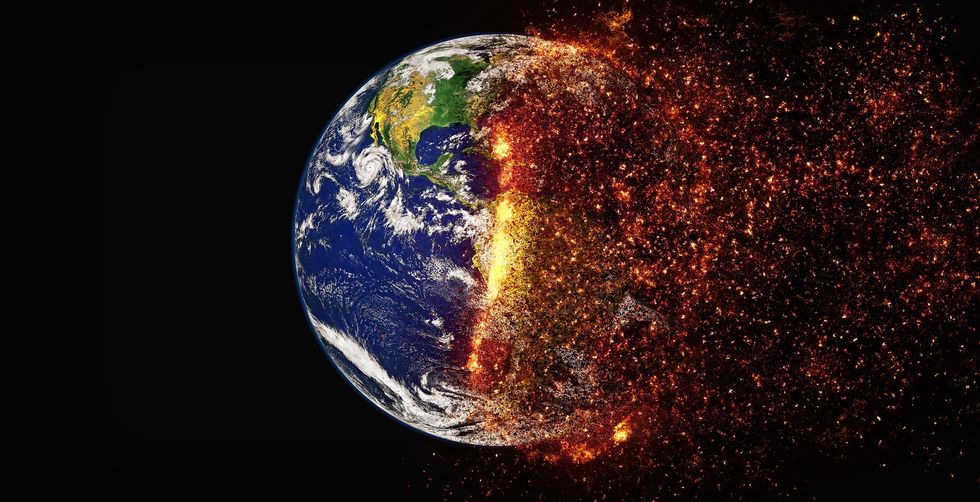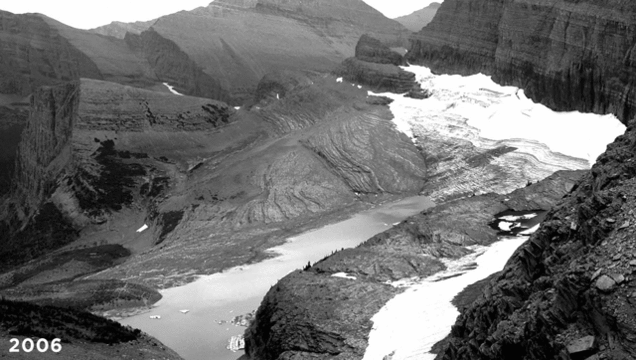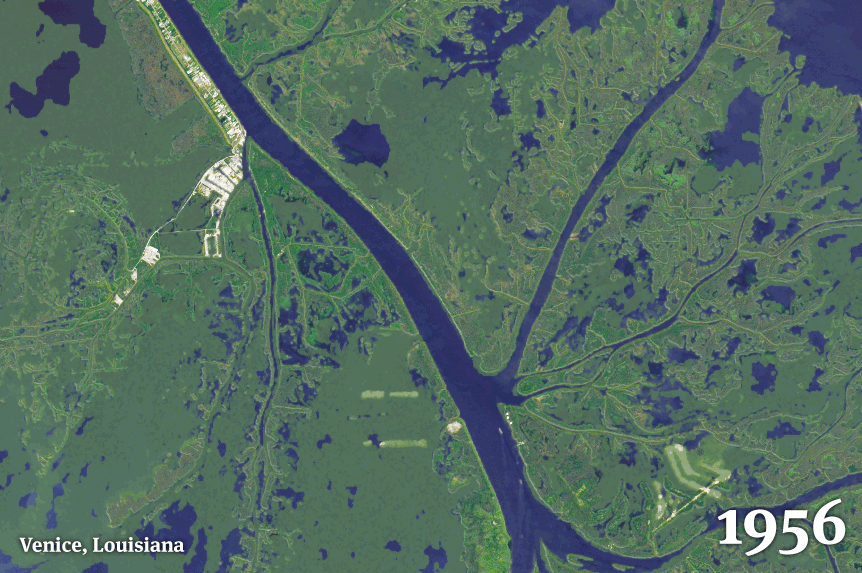What is climate change? According to the United States Environmental Protection Agency (EPA), it “refers to any significant change in the measures of climate lasting for an extended period." Climate change is the result of human intervention in nature’s natural cycles and is acting as a fuel to what may lead up to a devastating mass extinction. Researchers have studied that in the past, there have been five mass extinctions due to temperature rise, of which has led to global warming, ice age, and a meteor collision. As a whole species, humans are in the precursors of a mass extinction, and these are the four reasons why YOU should be worried:
1. Global temperatures are rising.
Earth's temperature has gone up by 1.7 degrees Fahrenheit. The main reason why the temperature has been rising rapidly is due increased concentrations of greenhouse gases such as carbon dioxide, methane, nitrous oxide, and the chlorofluorocarbons (CFCs) that are produced by industries and as a result of human activities, which you can read about here.
Human activities such as the burning of woods, fuels, industrial smokes increase the release of carbon dioxide emission in the air. All these gases combined together create the perfect blanket to trap the heat and warm up the ocean to create the overall climate and temperature change.
2. The coldest regions are melting.
As the temperature rises, the ice starts to melt. NASA’s Grace Satellite data indicates that Antartica lost 134 billion metric tons of ice per year since 2002 while the Greenland ice sheet has lost an estimated 287 billion metric tons per year.
3. The sea levels are rising.
As the ice starts melting, the sea levels rise; according to NASA, it is due to the expansion of the sea. As the temperature goes up, the sea absorbs 90 percent of the heat trapped by the greenhouse gases. Scientifically, the volume of the sea rises as the temperature rises due to thermal expansion. The vast ice sheet, larger than Mexico, is thought to be potentially vulnerable to disintegration from a relatively small amount of global warming, and capable of rising the sea level by 12 feet in next hundred-thousand years, which you can read more about here.
4. Disrupting the overall balance of nature.
The oceans are currently absorbing about a quarter of the carbon dioxide emitted to the atmosphere annually and are becoming more acidic as a result, which you can find more about here. If acidification of the oceans continue, many of the marine biodiversity will be lost forever.
Due to the harsh changing conditions, many of the butterflies, mussels, and barnacles have already gone extinct as a result of the inhabitable environment. Species in the colder region such as polar bears, penguins, and whales are also threatened due to climatic changes. Wildlife in Africa is on the verge of being threatened as the heat waves hit the continent at extreme levels. 13 percent of birds, 25 percent of mammals, 41 percent of amphibians, 29 percent of reptiles, and 23 percent of marine life are all on the verge of extinction.
Climate change is a chain reaction; once it starts, it creates havoc on every species around.























